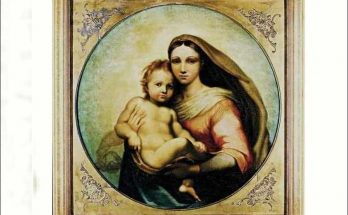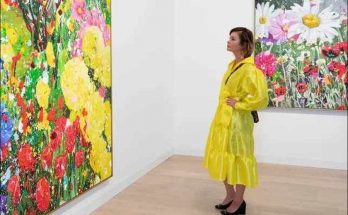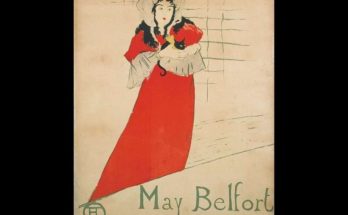Vincent Van Gogh 1888 masterpiece Sunflowers was targeted by Just Stop Oil protesters at the National Gallery in London on Friday (October 14). The estimated value of the oil painting on canvas, protected by a glass cover, is 72.5 million pounds sterling. “There is minor damage to the frame but the painting is unharmed,” a National Gallery spokesman told.
Sunflowers is one of the most popular paintings in the National Gallery and is thought to be the painting of which Van Gogh was most proud. The painting was painted during a period of optimism for the Dutch visual artist, as he awaited the arrival of his hero, the avant-garde painter Paul Gauguin.
Van Gogh had moved to Arles in the south of France in the hope of establishing a painter community. The painter made seven versions of this artwork and saw yellow as a symbol of happiness. In Dutch literature, the sunflower symbolizes loyalty. The decaying image of sunflowers also reflects the cycle of life and death. The same year he created Sunflowers, Van Gogh cut off his ear, took it to the local brothel and tried to give it to one of the sex workers there.
In 1889, the painter voluntarily entered the mental hospital in Saint-Rémy. He also painted there to keep his paranoid hallucinations at bay. Van Gogh committed suicide in 1890, at the age of 37 and having sold only one painting in his life.
Visits: 44



